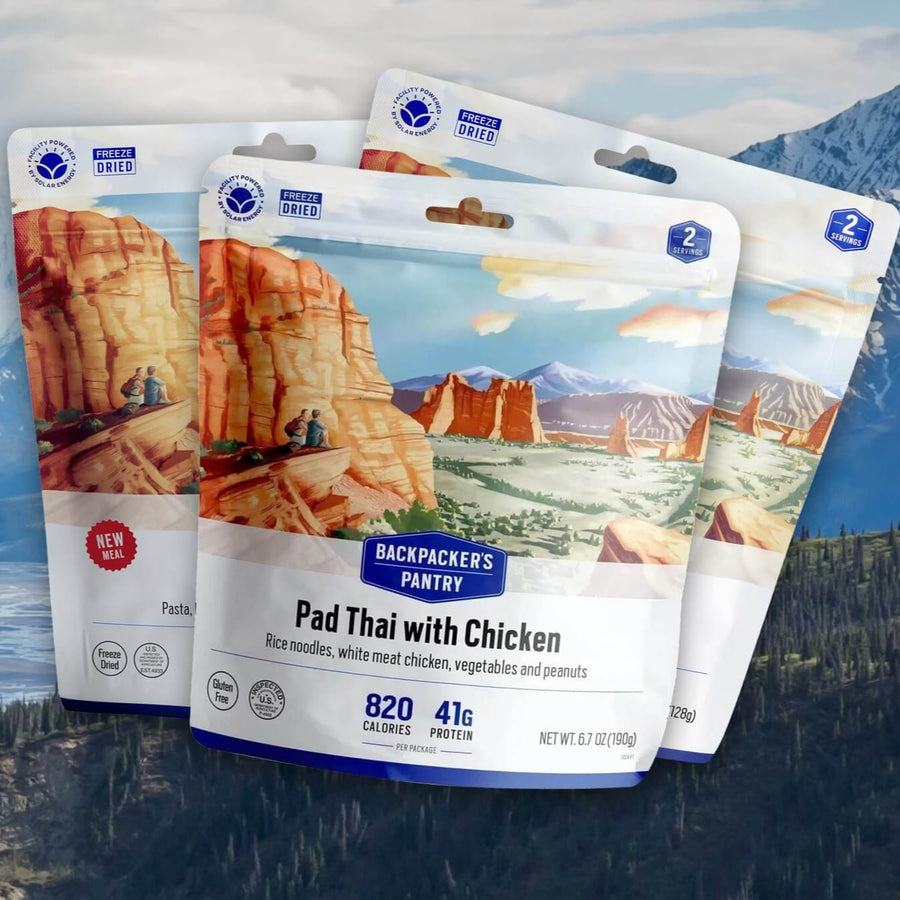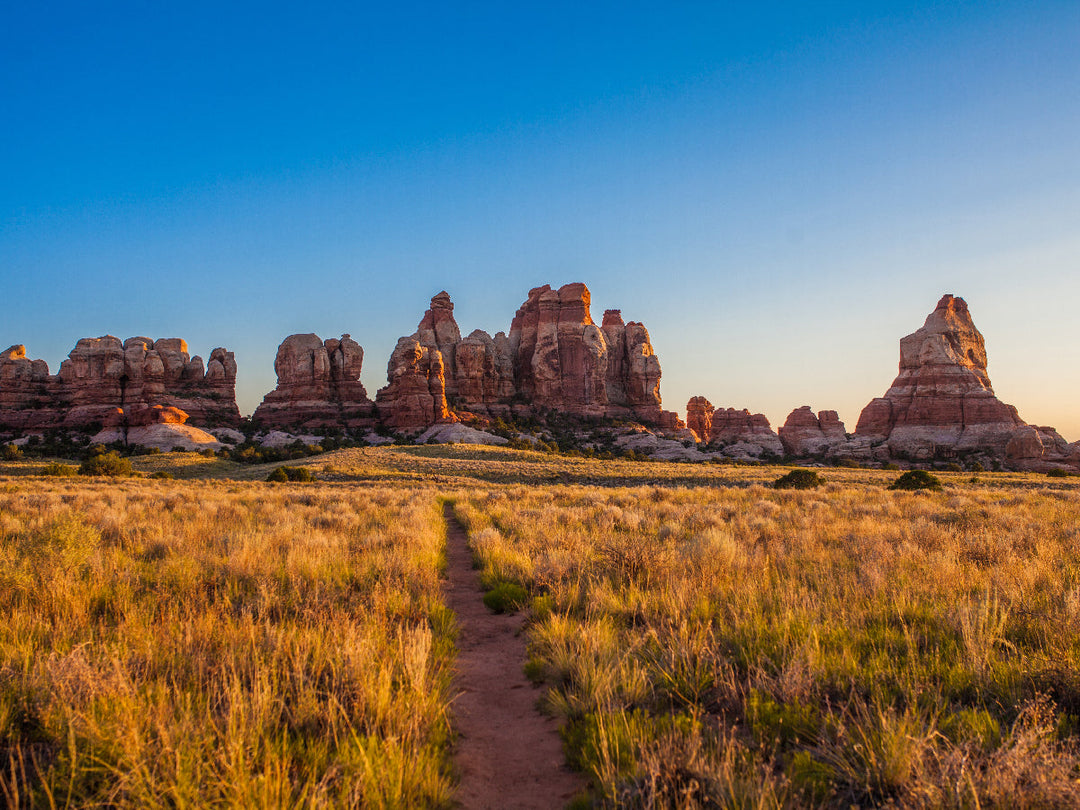Fall Fundamentals - Tapping Into The Ultimate Shoulder Season

Fall on a fjord on the west coast of Norway. PC: John Huston
Fall Fundamentals
by John Huston – Polar Explorer, Cold Weather Expert & Trainer, Outdoor Educator, Backpacker Pantry Ambassador
Tapping into the Ultimate Shoulder Season
I love fall.
During the fall, wilderness feels more like wilderness. After the summer’s blazing sun and tourist hordes, the cool air and relative peace and quiet of fall calmly settle things out. Evenings cool off fast. Birds and animals group up and are on the move, leaves and plants change color, fish come out of the depths, and a hearty work mode of harvest and readying for winter takes over. For me these elements make it primetime for off-peak enjoyment of wilderness.
Fall ratchets up the real deal factor of backcountry ventures several notches. Consequences are higher and margins are thinner. Temperature and weather swings can be huge and unexpected. Gentle rain showers can turn to sleet and snow. Inadequate rain protection can be bone chilling. Poor food and equipment choices can get exposed quickly. Nights can drop below freezing. Passes and peaks can be icy.
All this requires more preparation and more work, but the reward is greater too. Like winter, the key philosophical principle to making successful outdoors trips in the fall is to meet nature on it’s own terms. Obviously this approach applies to any wilderness activity in any season, but for most people the cold is less forgiving.
Here are a few fall fundamentals to keep in mind.

Canoeing the Chicago River. PC: John Huston
Considerations for Fall Trips
Dress in wool like a Norwegian.
Norwegians are the natural winter professionals. But they are also natural fall professionals, because in much of Norway summer feels a lot like what we think of as fall. Norwegians dress using versatile clothing layers that work well together as a system with wool being the main ingredient. High quality wool (I prefer 100% wool when possible) excels at providing warmth over a wide temperature band, moisture transport, comfort, and doesn’t smell or grime up with day after day use.
Get rain protection right.
Waterproof is waterproof, everything else is not. There are a lot of products out there that claim to be water resistant, these should be avoided. Shorter fall days and cooler temperatures give less of an opportunity to dry things out after a good soaking. Waterproof breathable options can work. Old fashioned rubber coated slickers are a solid option. Although they are heavier, they hold up over time. There’s a reason they are still used on fishing boats, they work in really tough conditions. The same goes for waterproofing the rest of your kit and pack, it doesn’t pay to cut corners or get too fancy. 5 mil trash bags make excellent waterproof pack liners and sleeping bag stuff sack liners.
Embrace extra calories.
The body needs more calories in the cold, especially under exertion. As temperatures drop the body quickly becomes the warmest thing out there. Harnessing and using that heat is the name of the game, but that is impossible without enough calories as fuel. Adding healthy wholesome fat to the diet is the quickest and most lightweight way to add calories. The fall allows more options here since items like butter, fudge bars, and cheese fair better colder temperatures. I like to start with high calorie meals and then boost them with olive oil or butter. Backpacker’s Pantry’s Granola breakfasts (which use real butter), Beef Stroganoff, and Chicken Lasagna are some of my favorites. I’ve written a few posts on this site on this topic. They can be found here, here, and here.
Sleep warm no matter what.
When I was 22 I took an Outward Bound outdoor educators course in September in the Gore Range in Colorado. The first night we camped by a creek using tarps as shelters. In the morning I woke up with the tarp sagging heavily on top of me with snow, but I was warm. Our gear was rudimentary but it worked. The tarp and groundsheet were waterproof, the synthetic sleeping bag was bulky but warm, my ensolite (closed cell foam) sleeping pad was shimmed with extra gear to make sure I didn’t roll off, extra layers were warm and ready inside the sleeping bag, and I had eaten a massive dinner. Later when I instructed winter Outward Bound courses in northern Minnesota how to sleep warm was a hands-on hour-long lesson for students. It involved all sorts of tools such as bottles of hot water sheathed in a wool sock and then placed inside the sleeping bag, calsenticnics to generate body heat before starting the process of delayering and getting in the sleeping bag, and how to pee on a frigid night. Sleeping warm in the cold is a really important baseline to enjoying the cold and being safe out there.
Be safe during hunting season.
Every state has different hunting season dates. Hunting opener can be a busy time in some areas. It’s best to wear something that is blaze orange, same for dogs too.
Stay fueled up and warm by using routines.
On polar expeditions we are very strict about our travel routines. We take a food or water break every 90 minutes (some people prefer to break every 60 minutes). The goal is to keep energy levels sustained and as even as possible. We want to avoid the energy crashes, dehydration, food comas, and freezing that can come with waiting too long to refuel. We also have a bunch of methods of generating the body heat necessary to keep the extremities warm – energetic arm flapping, shuttle runs, running in place shadow boxing. The most important thing is to acknowledge you are getting cold and do the work to warm up with vigor.
Enjoy the fall everybody. And feel free to contact me with questions or thoughts.





